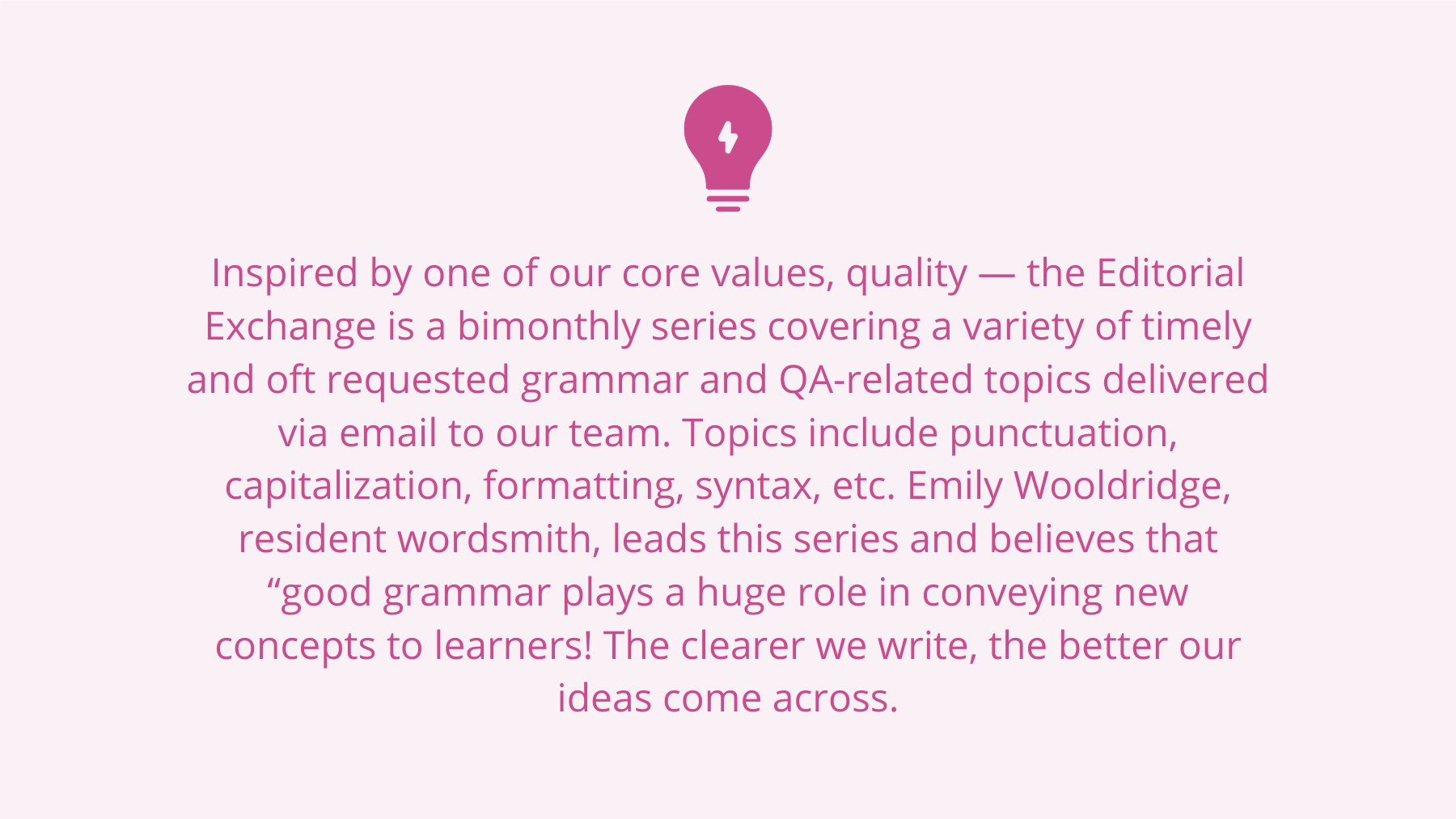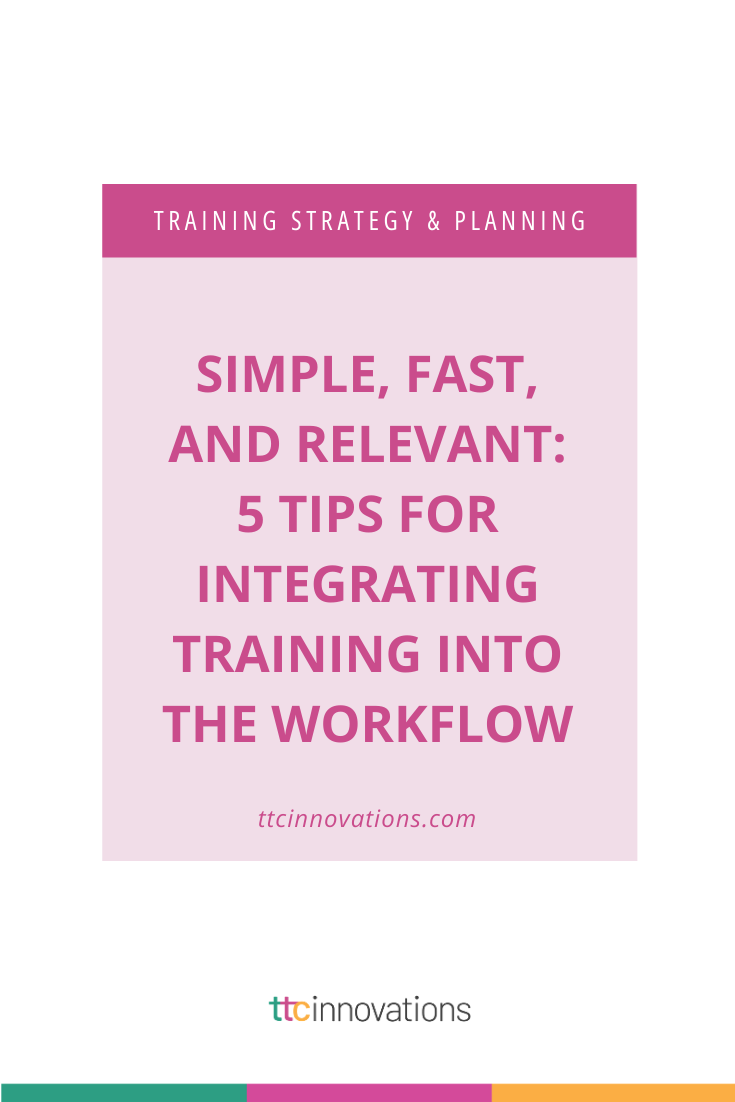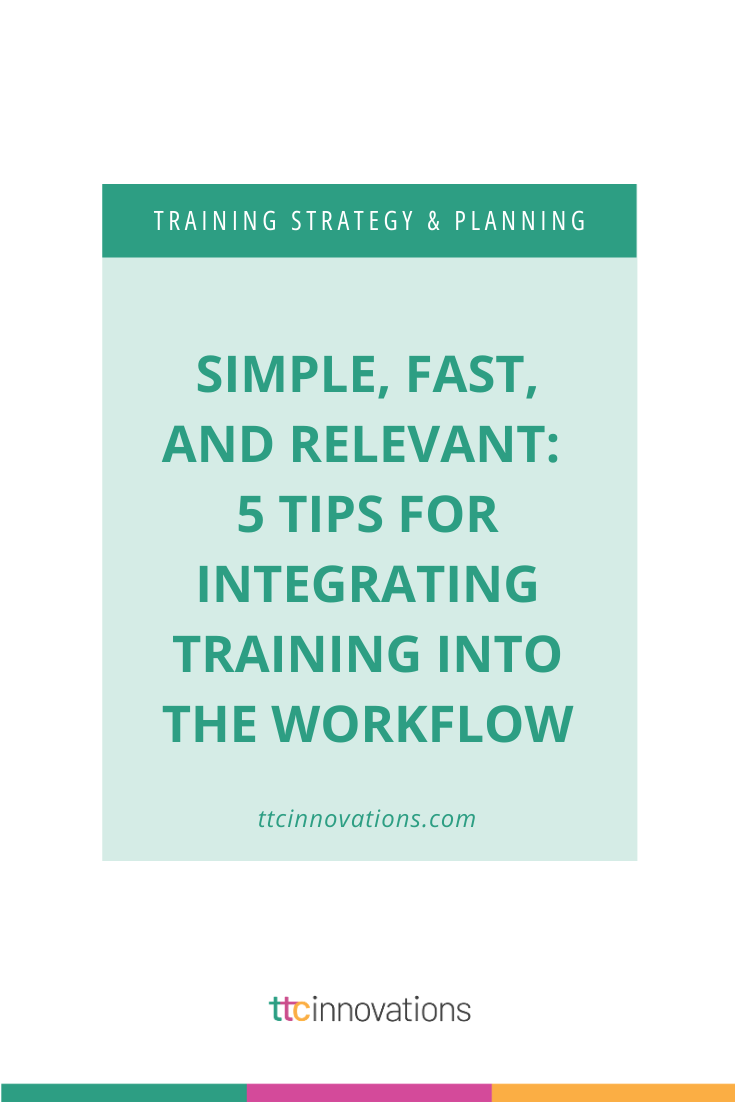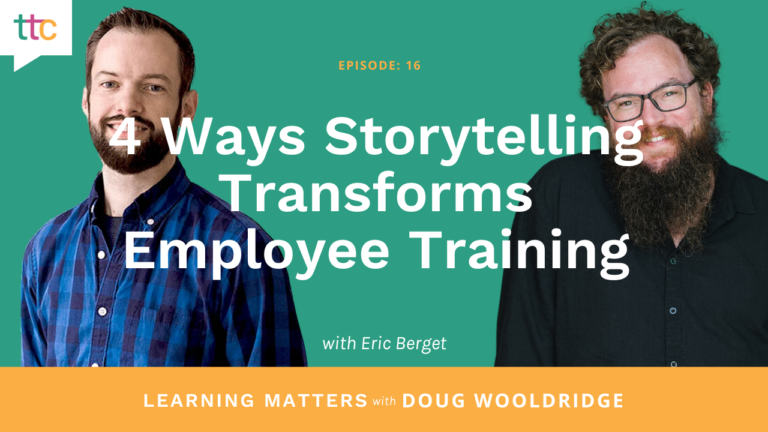So, you’ve worked hard to create a great corporate training department with a lot of resources for workers. You pat yourself on the back and say, “Now THAT’s a culture of learning!” And sure enough, when employees are working on a project and need immediate answers, they turn to… Google.
Wait! What about all this content you’ve spent months collecting? Why would they go to a virtual stranger for answers? What about you?
There’s a simple reason that people look to Google for answers: The answers are right there, any time, easily accessible, just waiting for them. A learning culture means employees are constantly learning, and they don’t want to slow down to find answers. Google is a part of their workflow. They move seamlessly from their work to Google, then back again. Can you say the same about your employee training knowledge base?
Google (with apologies to Bing, Dogpile, and Ask Jeeves) has suddenly changed the way people learn, and we didn’t even see it happening. A personal example: I consider myself an expert in Microsoft Word, yet I’ve never taken a single course. Over the years, I’ve “googled” everything, and now I can do anything.
Related: The Miracle of Self-Directed Training
If you want to be the first choice for employees, you need to be their Google. Share on X
If you want to be the first choice for employees, you need to be their Google — simple, fast, and relevant. It takes some restructuring, but also an adjusted mindset. Here are five ideas to try.
#1: Grant Immediate Access
When employees need an answer from your knowledge base, do they have to go through a login process before they search? If the answer is “yes,” ask yourself: Why would they go through that extra step when they can just ask Google? According to trainingmag.com:
“If a learning platform is not embedded in [the] application–Web ecosystem, it often creates a disconnect for employees. This disconnect causes a barrier between the question and the answer; if it is not integrated, employees will not take the time to log into a separate learning platform to access content in the moment of need. To address this disconnect, learning platforms should be immediately accessible—at the click of a button—within the worker’s immediate context or workflow.”
A bookmark on your employees’ browser bar (with no login required) makes it easy to access your knowledge base — just as easy as googling.
If users must log in for security reasons, try a simple login that opens with their internet browsers first thing in the morning. If they stay logged in, it’s an easier path to your library.
But they’ll still go to Google unless you…
#2: Provide a GREAT Corporate Knowledge Base
You do have one advantage over Google: You know the type of information your employees typically need and, more importantly, how they’ll apply that knowledge in their work. You can create a knowledge base that’s more relevant than Google. Yes, you heard me right. Employees will turn to you once they know they can get better information in the context of their jobs.
Here’s how to beat Google at their own game:
- Ask employees what they need. How long has it been since you surveyed employees on their needs? You can’t provide it if you don’t know what it is.
- Have workers develop “to-learn” lists. Employees will tell you what they want by listing the items they need to learn about on your platform.
- Become a curator. Rather than pushing out content, assemble content so that workers can easily find and digest it.
- Have a great, fast search function. ‘Nuff said.
#3: Think Resources, Not Courses
Picture this: You’re making a complex spreadsheet, and you just can’t make that IF/AND formula work. The first thing you want to do is get on the company learning platform and watch a 30-minute training video on Excel, right?
Wrong. While courses will always have their place in training, no one wants to stop everything to take a course when they have a job to do. Workers want to solve an immediate problem quickly. It’s called problem-based learning, and trainingmag.com describes it this way:
“The learning is connected to a pragmatic problem the learner is passionate about solving, and the learner is in the driver’s seat and responsible for finding a solution to the problem. We also know from research that learners are more likely to remember material they have learned when they are in the driver’s seat and when there is no question that what is being learned is useful and can be applied immediately.”
Why do you think Google took the world by storm? Google was doing microlearning before it was cool.
#4: Provide Daily Tips and Reminders
I know, I know. Workers already have a pile of unread emails, so why would they read yours? But you really can’t beat daily tips to drive people to your content. Here’s a tip: If they can’t get the gist in 10 seconds, it’s probably too long. Quick, easy, and relevant will win the day. And consider something fun that they’ll look forward to. It’s a slightly different world, but I get daily marketing emails from an Amazon offshoot called Woot.com. It has a daily comic called “Monkey Chat” that sometimes cracks me up, and I read it every single day.

#5: Crowdsource Your Content
Perhaps the biggest advantage you have over Google is that you have a company full of people who are doing the very same jobs your audience is doing. What could be more relevant? Open your platform so that anyone can post content (curated by you, of course) and watch workers flock to your site.
Ask Yourself
When you’re developing content and platforms, it’s a good idea to ask yourself three questions:
- Is it fast enough?
- Is it easy enough?
- Why would they come here instead of Google?
These challenging questions—and a slight change in mindset—will help you build a training department that’s future-proofed for the 21st century.










